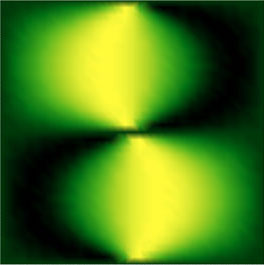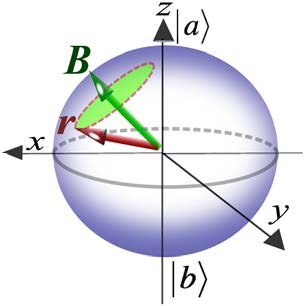IFA-researcher is lead author in recent paper on single particle density matrices in optical lattices
IFA's Luis Ardila and coworkers study ultracold atoms in optical lattices in Physical Review Letters

The fact that atomic quantum gases in optical lattices are highly tunable (also in a time-dependent fashion) and well isolated from their environment, makes them an ideal platform for studying coherent many-body quantum dynamics. A striking example is the experimental investigation of many-body localization, a disorder-induced effect where an interacting system does not fully relax to a thermal states but retains a memory of its initial state. Recent experimental results for two-dimensional systems [Science 352, 1547 (2016)] are already beyond what can be investigated numerically on classical computers.
Recently, it has also been achieved to measure densities in optical lattices with single-lattice-site resolution, using quantum-gas microscopes. However, despite this success, it has still not been possible to measure the single-particle density matrix. Having experimental access to this basic quantity, which allows for reconstructing all single-particle expectation values of a given state of matter, would be highly desirable. For example, it has recently been proposed that its spectrum contains unique signatures of many-body localization [Phys. Rev. Lett. 115, 046603 (2015)]. Thus, measuring the single-particle density matrix would allow to test this prediction in systems that are not accessible to numerical simulations.

Rotation of the Pseudo-spin polarisation. Illustration from the paper.
In our manuscript, we propose an experimentally feasible scheme for measuring the single-particle density matrix in optical lattices. It relies on the ability of quantum-gas microscopes to measure occupations and create light-shift potentials both with single-site resolution. On the one hand, we show how to engineer a significant effective tunnel coupling between distant lattice sites. On the other hand, we present a protocol that uses this coupling for reconstructing off-diagonal elements of the single-particle density matrix from measuring site occupations. We believe that our scheme provides a powerful novel tool for quantum simulation in optical lattices.
The authors.
